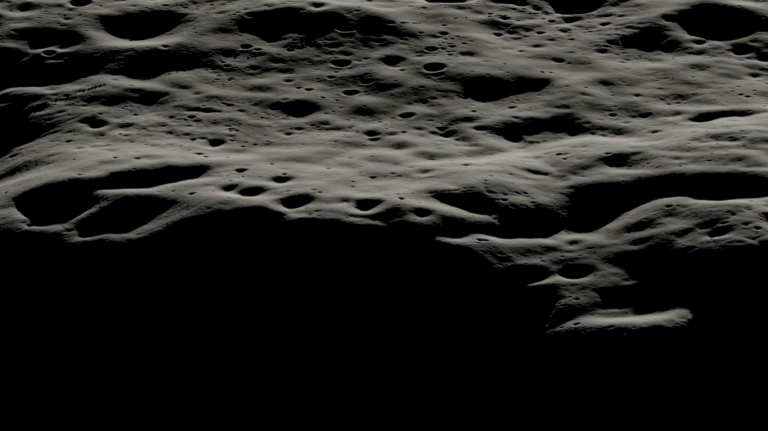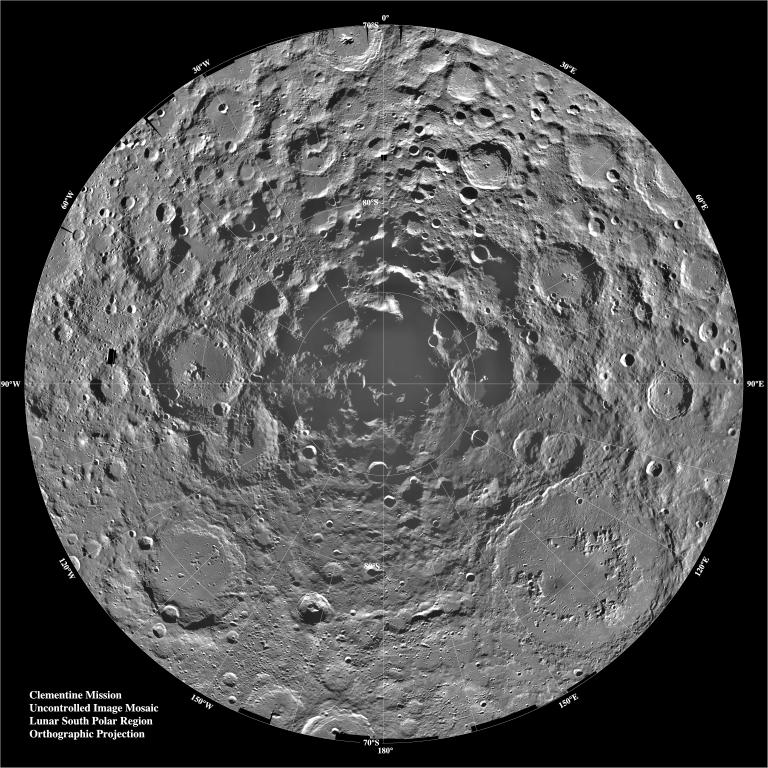Commercial Lunar Payload Services
NASA is supporting the creation of a lunar economy through commercial deliveries of NASA science that will help prepare for the next generation of explorers.

Overview
NASA is working with several American companies to deliver science and technology to the lunar surface through the Commercial Lunar Payload Services (CLPS) initiative.
These companies of varying sizes will bid on delivering payloads for NASA, including payload integration and operations, launching from Earth and landing on the surface of the Moon.
Under Artemis, commercial deliveries beginning in 2023 will perform science experiments, test technologies and demonstrate capabilities to help NASA explore the Moon and prepare for human missions.
CLPS contracts are indefinite delivery, indefinite quantity contracts with a cumulative maximum contract value of $2.6 billion through 2028.
NASA’s Commercial Lunar Payload Services (CLPS) initiative allows rapid acquisition of lunar delivery services from American companies for payloads that advance capabilities for science, exploration or commercial development of the Moon. Investigations and demonstrations launched on commercial Moon flights will help the agency study Earth’s nearest neighbor under the Artemis approach.
Initially welcoming nine U.S. companies to its CLPS project in November 2018, NASA added five more vendors to the project a year later, bringing the total number of eligible vendors to 14. As science, technology, and human exploration requirements for payloads develop, the current pool of CLPS contractors will be eligible to bid for surface task orders.
Individual task order awards cover end-to-end commercial payload delivery services, including payload integration, mission operations, launch from Earth, and landing on the surface of the Moon. In addition to the NASA payloads aboard, companies are also encouraged to fly commercial payloads.
Delivery Timeline
2024
- Astrobotic‘s Peregrine Mission One – Completed, did not land on the Moon.
- Intuitive Machines‘ IM-1 Mission – Completed, delivered six NASA payloads to Malapert A in the South Pole region of the Moon.
2025
- Firefly’s Blue Ghost Mission One will carry 10 payloads to Mare Crisium, a basin on the Moon’s near side.
- IM-2, Intuitive Machines’ second mission, will deliver three NASA payloads including the PRIME-1 drill and two NASA-funded technology demonstrations to the Moon’s South Pole.
- IM-3, Intuitive Machines third mission, will deliver four payloads to Reiner Gamma.
- Draper’s first mission will deliver PRISM science investigations to Schrödinger Basin, landing in volcanic terrain in the far side South Pole region.
- Astrobotic‘s second mission will deliver their Griffin One lander to the lunar South Pole.
- Blue Origin’s Blue Moon Mark 1 lander will deliver one NASA payload to the lunar South Pole.
2026
- Firefly’s second mission, Blue Ghost Mission 2, will deliver two NASA payloads to the far side of the Moon and deliver a communications and data relay satellite into lunar orbit, which is an ESA (European Space Agency) collaboration with NASA. As part of Blue Ghost Mission 2, Firefly will also deliver a radio frequency calibration service to LuSEE-night (Lunar Surface Electromagnetics Experiment – Night) from lunar orbit.
2027
- IM-4, Intuitive Machine’s fourth mission, will carry six NASA payloads to the lunar South Pole.
Science experiments and technology demonstrations delivered to the lunar surface as part of Artemis will help lay the foundation for human exploration on the Moon. Through Artemis, NASA will land the first woman and the first person of color on the Moon, paving the way for a long-term, sustainable lunar presence, and serving as a stepping stone for future astronaut missions to Mars. Artemis I launched in 2022 and its subsequent test flight with crew is scheduled to occur in 2024 in advance of NASA sending humans to the surface of the Moon no earlier than 2025.
Additional payload information
In 2019, NASA identified agency and external science payloads that will fly on CLPS flights. Through the agency’s Payloads and Research Investigations on the Surface of the Moon (PRISM) call for proposals, NASA selected three new scientific investigations in June 2021 and two science instrument suites in June 2022 to be delivered to the Moon via CLPS flights. Future payloads also could include other rovers, power sources, and science experiments, including the technology demonstrations to be infused into the Artemis approach. The agency expects to issue a regular series of task order proposal requests to expand the scope of NASA payloads requiring transportation services to the lunar surface ahead of human landings.



























